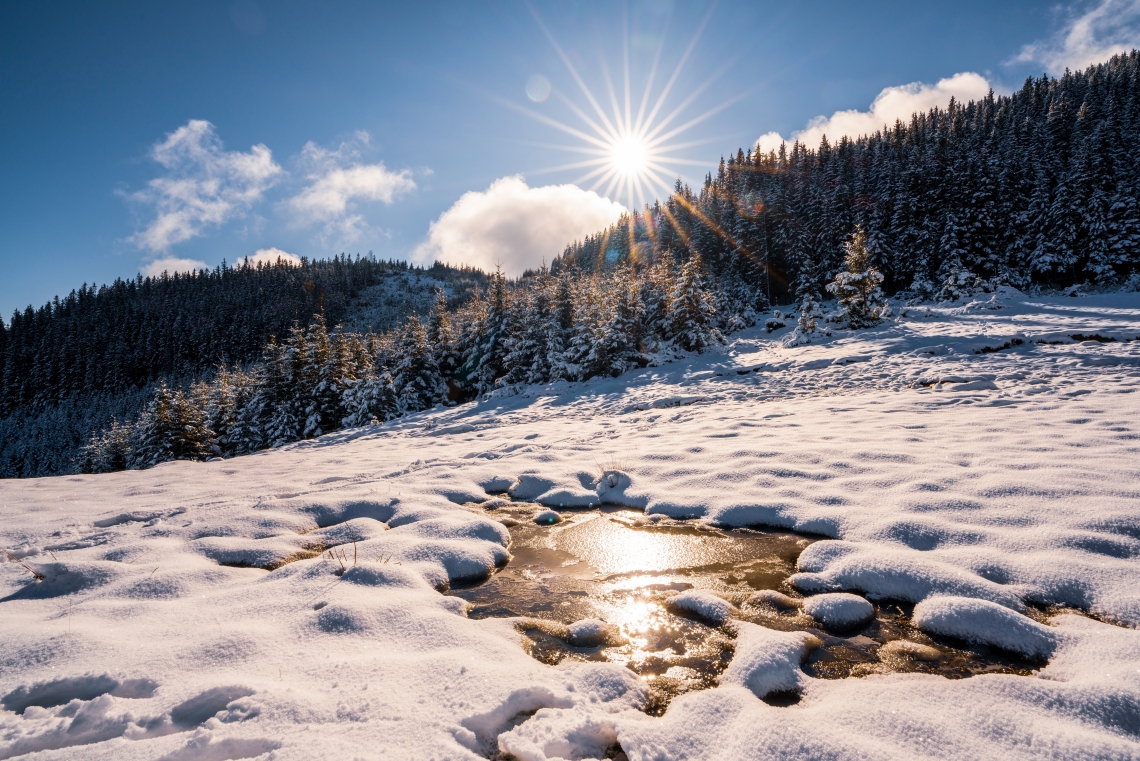Snowmelt is the process whereby snowfall melts, either through contact with warmer air, rain, or sunlight. The main purpose of snowmelt is to replenish water supplies in rivers and streams for drinking water, agriculture, industry and hydroelectric power generation. In temperate climates, snowmelt also helps to moderate seasonal temperatures by releasing latent heat as it changes from solid to liquid form.
The rate of snowmelt is dependent on a number of factors including air temperature, precipitation type and intensity, wind speed, solar radiation and humidity. Measuring the depth of melted water over time can give scientists an indication of how quickly the snow is melting and whether any particular event (such as a warm spell or heavy rainfall) has caused an unusual amount of melt. This data can be used to help predict floods or droughts.
There are two types of Snowmelt: direct and indirect. Direct Snowmelt occurs when there is a rise in air temperature above freezing point which causes the snow to melt. Indirect Snowmelt happens when falling precipitation (in the form of rain or sleet) warms the ground below the layer of snow, causing it to melt from underneath.
In order for Snowmelt to happen there must be a source of energy to provide the heat required for melting to take place; this can come from either shortwave radiation from the sun (solar radiation), longwave terrestrial radiation emitted from the ground (terrestrial radiation), or heat released when precipitation falls through warm air (latent heat). Of these three sources, solar radiation is usually most important in lower latitudes while terrestrial radiation becomes increasingly important at higher latitudes due largely due to cloud cover reflecting much of incoming sunlight back into space before it reaches the surface.. Clouds also have a large impact on latent heat because they can trap heat close to Earth’s surface making conditions more favourable for melting ice and snow.
Latent Heat fluxes also play an important role within high mountain areas where they are thought responsible for around 50% – 85% total heating during summer months; this includes both sensible and latent heating processes . The largest values occur on sunny days with low winds near midday when strong downward long-wave Radiation cooling counteracts some other heating processes . There are generally two maxima within 24 hours depending on local topography i.e., whether slopes face towards or away from sunrise/sunset . On average though peak values 10 W m−2 greater than surrounding areas have been observed between 1000 – 1500 m AMSL . These areas tend t


